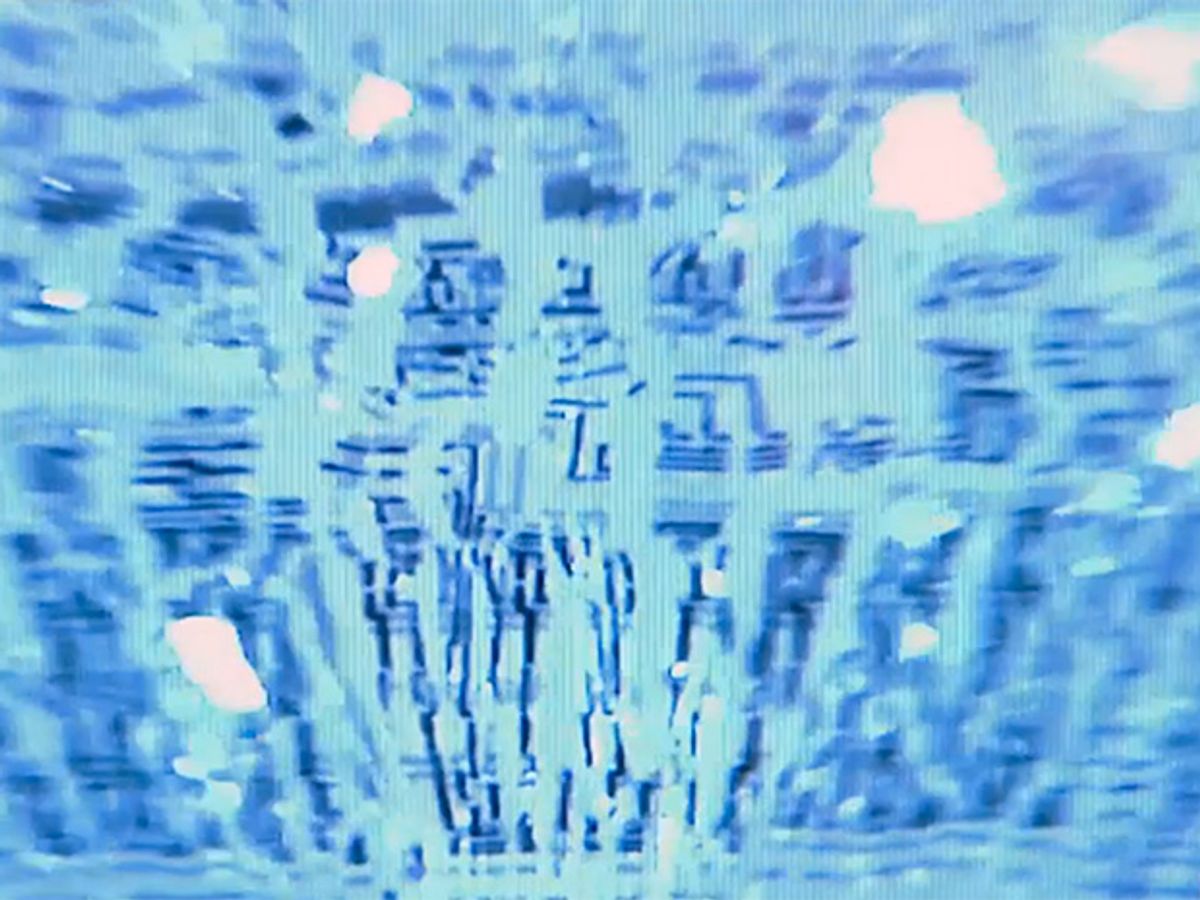A new chip built on strained glass can shatter within 10 seconds when remotely triggered. It’s not quite as fast as the fictional Mission: Impossible messages that self-destruct in five seconds, but such vanishing electronics could prove tremendously useful for the U.S. military and corporations by keeping data secure and out of unwanted hands.
The new chip was developed by Xerox PARC for the U.S. Defense Advanced Research Projects Agency (DARPA) and went on display at a DARPA technology forum last week, according to the IDG News Service. Engineers fabricated the chip on Corning Gorilla Glass, the material used in the displays of many smartphones. But it’s a strained version of the glass that makes it susceptible to heat. A self-destruct circuit triggered by laser light activates a resistor that heats the chip to the point of shattering into many tiny fragments.
A chip of this type represents a potentially big step forward for DARPA’s Vanishing Programmable Resources initiative. That program previously awarded a $3.45 million contract to IBM for the purpose of creating a similar self-destructing chip made on “strained glass substrates,” according to Information Week. DARPA’s goal for the program goes as follows:
The Vanishing Programmable Resources (VAPR) program seeks electronic systems capable of physically disappearing in a controlled, triggerable manner. These transient electronics should have performance comparable to commercial-off-the-shelf electronics, but with limited device persistence that can be programmed, adjusted in real-time, triggered, and/or be sensitive to the deployment environment.
The recent chip demonstration relied upon the laser triggering a photo diode, which switched on the self-destruct circuit. Previous research by the U.S. Air Force Institute of Technology has also considered using a tiny resistor heater that could cause critical circuits to self-destruct to prevent reverse-engineering. But IDG News Service pointed out that future versions of the chip could use mechanical switches or radio signals as triggers.
The broader idea of vanishing or transient electronics has promise beyond battlefields or data security. On the health and medical side, John Rogers, a materials science professor at the University of Illinois, has developed a wide variety of biodegradable electronics and sensors that are compatible with both the human skin and body organs.
Electronics capable of dissolving into relatively harmless components could also eventually begin to reduce the huge “e-waste” problem of used and broken electronics being dumped in the developing world.
The DARPA initiative might eventually benefit those broader applications as well. But the latest Xerox PARC demonstration suggests a deliberately controlled, self-destructing chip that wouldn’t simply wait to slowly dissolve in the open environment or in the human body.
Jeremy Hsu has been working as a science and technology journalist in New York City since 2008. He has written on subjects as diverse as supercomputing and wearable electronics for IEEE Spectrum. When he’s not trying to wrap his head around the latest quantum computing news for Spectrum, he also contributes to a variety of publications such as Scientific American, Discover, Popular Science, and others. He is a graduate of New York University’s Science, Health & Environmental Reporting Program.



